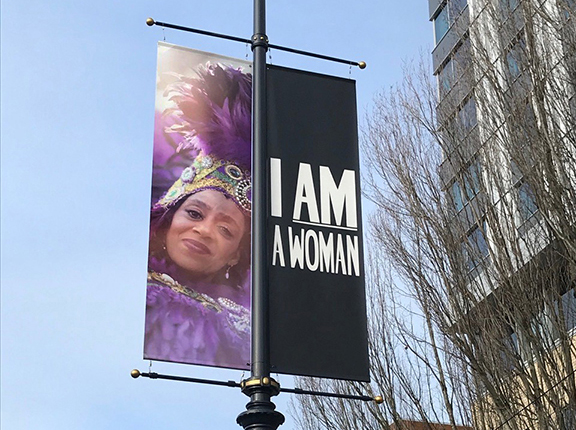
Look up! It’s new public art along NE Holladay Street. Titled “In-Between,” the banners are part of Portland’s Percent For Art program made possible by the new Oregon Convention Center parking structure. With text by Brooklyn-born artist, Hank Willis Thomas, and photographs by local artist, Intisar Abioto, the artwork transforms five utility poles in the street median to hold ten large banners, displayed in pairs. The exhibit kicks off an on-going art banner series that will be refreshed every six months with new works by different artists.
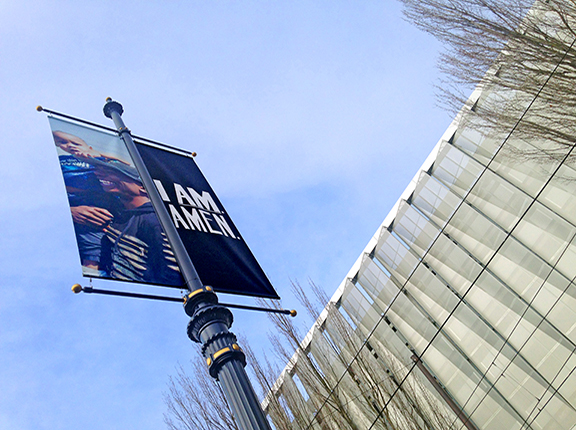
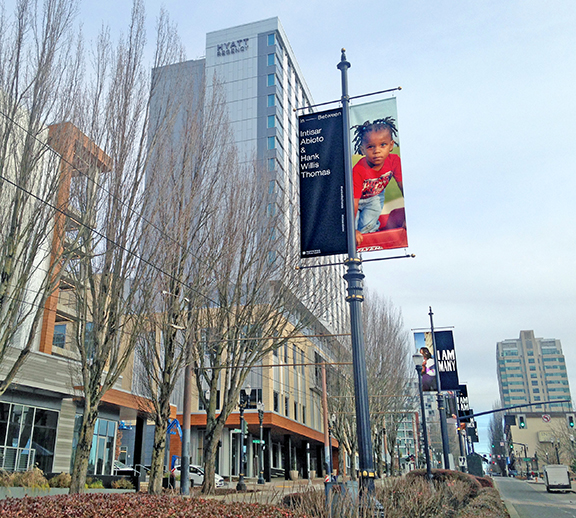
As the lead urban designer for the parking garage, it was such a rewarding experience to serve on the art selection committee with partners from the neighborhood, local artists, Portland Art Museum, Prosper Portland and Metro. Many thanks to Peggy Kendellen at the Regional Arts and Culture Council (RACC) for her vision and guidance throughout this process in the spirit of innovation. Through the synthesis of team brainstorming our committee discovered a path forward by questioning, “Who are we, how did we get here and where are we going?” all while dealing with a very visible, complex, and congested urban site. We have deep appreciation for both artists – Intisar Abioto and Hank Willis Thomas – for their melding of talents, curatorship of their combined works and synergy to bring this work to fruition. It’s not often we find a single installation speaking in such a clear voice to convey collaboration, respect, historic truth telling and beauty.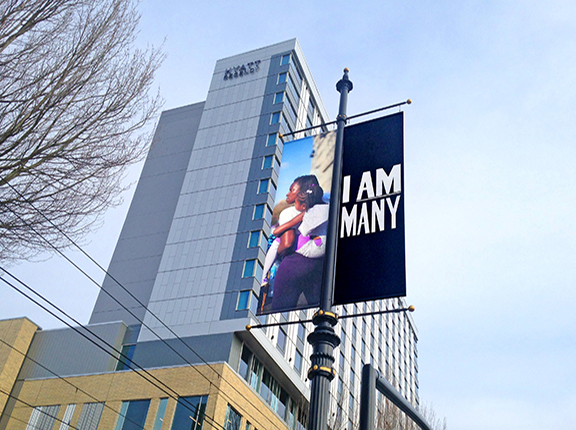

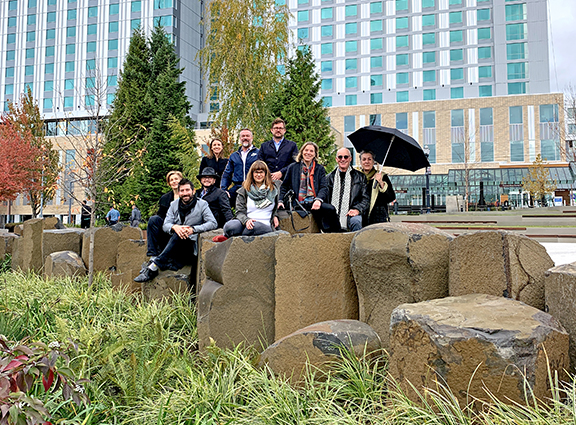 Designers, contractors and community leaders recently celebrated the completed renovation of the Oregon Convention Center in Portland, Oregon. The major upgrade elevates the visitor experience – indoors and out – at the largest event venue in the Pacific Northwest.
Designers, contractors and community leaders recently celebrated the completed renovation of the Oregon Convention Center in Portland, Oregon. The major upgrade elevates the visitor experience – indoors and out – at the largest event venue in the Pacific Northwest.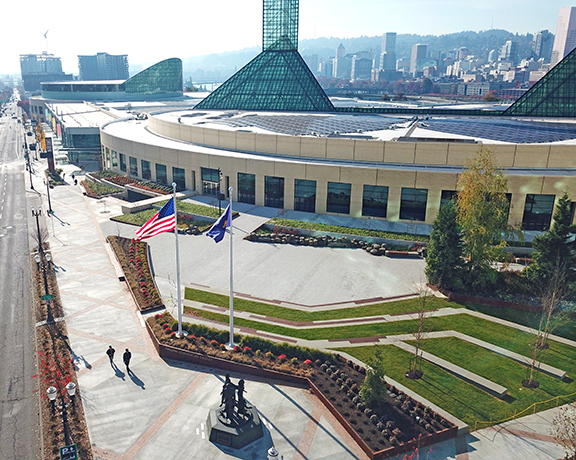
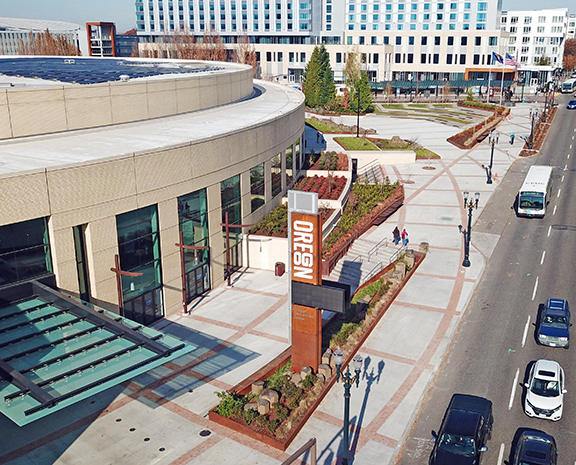
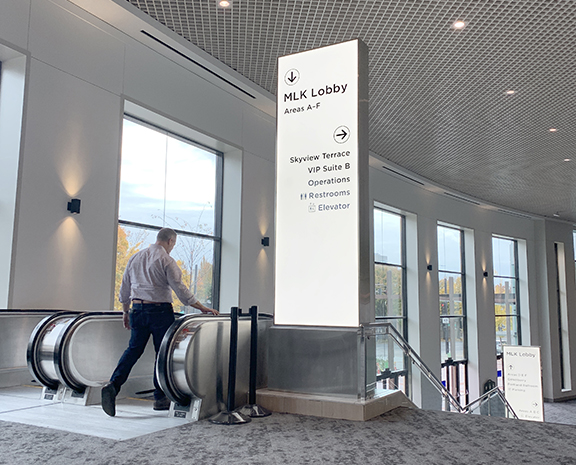
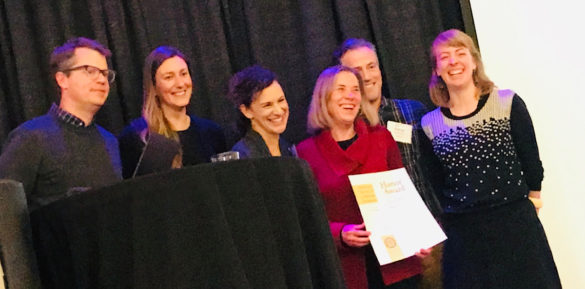 Representatives from Mayer/Reed and the City of Portland accepted an honor award in analysis & planning for the
Representatives from Mayer/Reed and the City of Portland accepted an honor award in analysis & planning for the 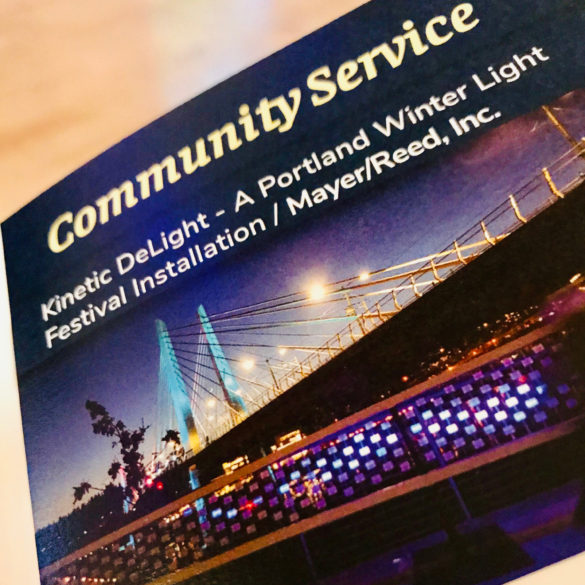 In addition, Mayer/Reed landscape architect, Shannon Simms, received the President’s Chapter Service Award in recognition of her outstanding volunteer service on behalf of the chapter and the profession.
In addition, Mayer/Reed landscape architect, Shannon Simms, received the President’s Chapter Service Award in recognition of her outstanding volunteer service on behalf of the chapter and the profession.